Veteran cover letter template
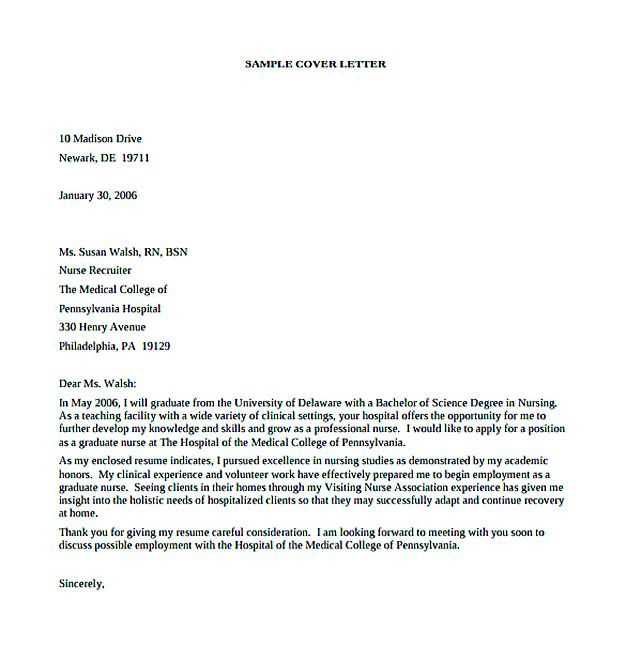
Craft a compelling veteran cover letter by focusing on your strengths, experience, and unique perspective gained from military service. Highlight transferable skills that align with the job you’re applying for, such as leadership, adaptability, and teamwork. These qualities are highly valued in the civilian workforce and should be front and center in your cover letter.
Begin by clearly stating your military background and how it has shaped your professional abilities. Employers often appreciate candidates who can bring a fresh, disciplined approach to problem-solving. Use specific examples that showcase how your military experience can directly benefit the company.
Be direct and concise about what you can bring to the role. Avoid unnecessary jargon or overly technical language. Instead, focus on how your skill set matches the job requirements and how your military training has prepared you for success in civilian positions.
Lastly, express your enthusiasm for transitioning into a civilian career. Let your potential employer know you’re eager to contribute and ready to bring your strong work ethic and dedication to the team. Showing genuine interest and confidence in your abilities will set you apart from other candidates.
Here’s the revised version:
Begin by clearly identifying your military experience in a way that aligns with the job you’re applying for. Focus on specific skills, leadership roles, and achievements that can translate into the position. Keep the tone confident but humble, avoiding overly complex terminology that could be unclear to non-military readers.
Highlight Transferable Skills
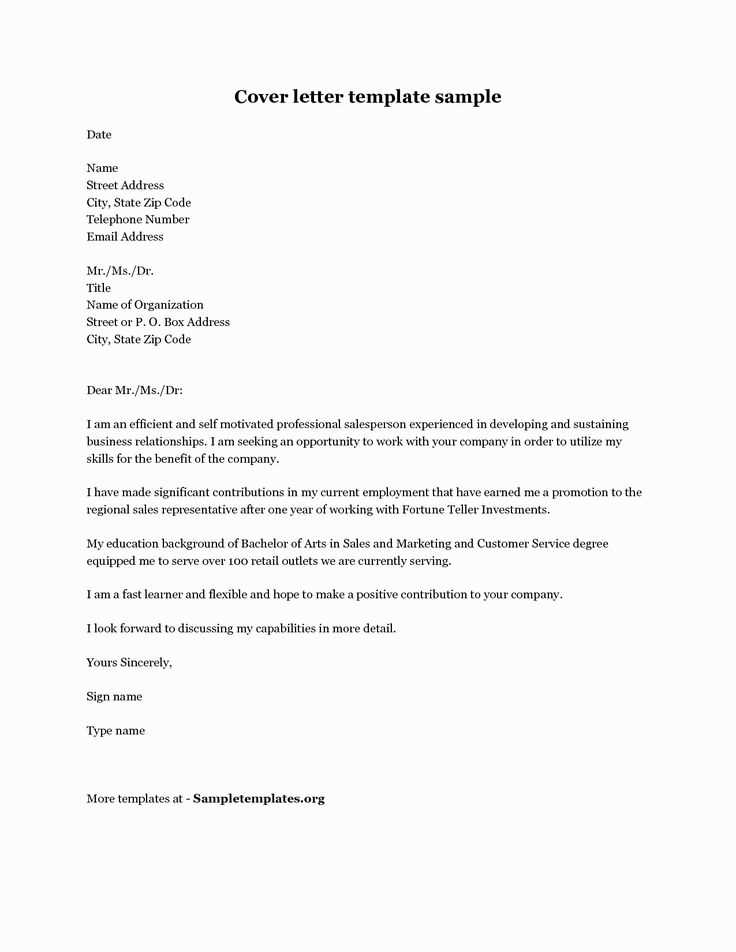
Clearly demonstrate how your military background has prepared you for the civilian job. Instead of focusing solely on the technical aspects, emphasize leadership, problem-solving, and adaptability. For example, “Managed a team of 15 in high-pressure situations, consistently meeting project deadlines” showcases both leadership and time management skills.
Quantify Achievements
Whenever possible, provide metrics to highlight your impact. Numbers speak volumes, especially when discussing efficiency or results. For example, “Reduced supply chain costs by 20%” or “Trained over 100 personnel in combat readiness” makes your contributions tangible and relatable.
Veteran Cover Letter Template
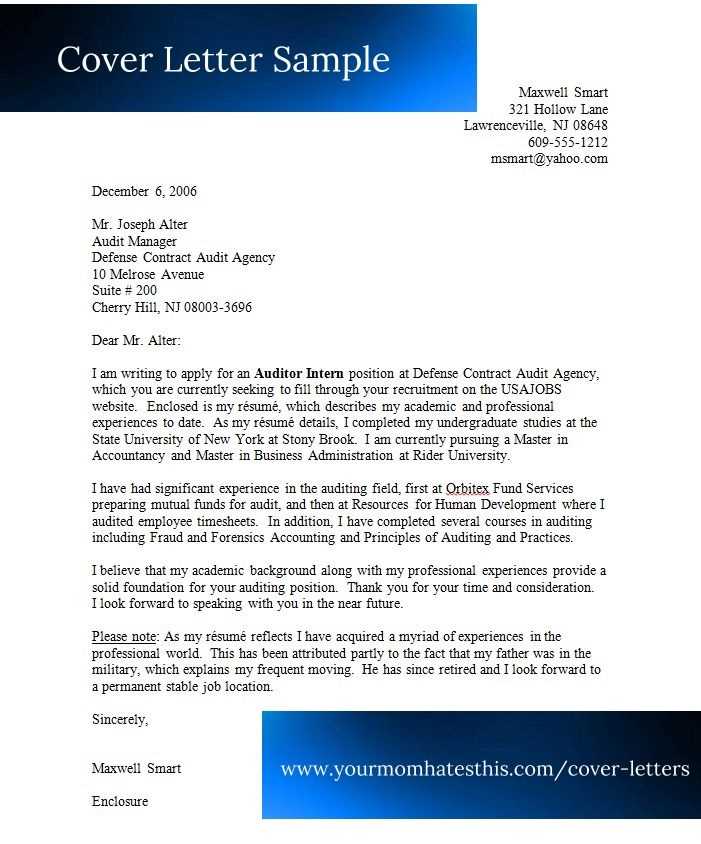
Begin your letter by clearly stating your intent and how your military experience aligns with the job. A direct, focused approach helps the reader understand your purpose immediately.
Understanding the Purpose of a Veteran Letter
The goal is to translate your military service into valuable skills for civilian roles. Focus on key abilities such as leadership, teamwork, and problem-solving that are universally appreciated across industries. Highlighting these skills shows potential employers your readiness to adapt and contribute.
Highlighting Military Experience in a Civilian Setting
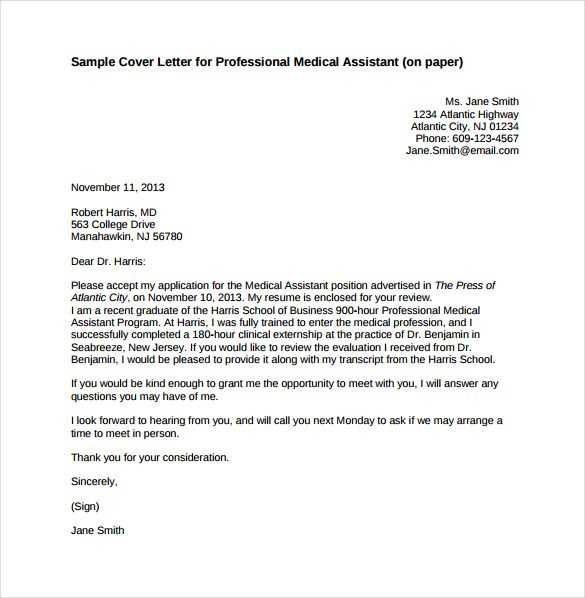
Translate military jargon into terms that resonate with civilian employers. For example, instead of “platoon leader,” say “team manager” or “project coordinator.” Show how your responsibilities, such as decision-making, managing people, or overseeing logistics, relate to the job you’re applying for.
Tailor your experience to match the role you’re aiming for. Be specific about how your military background has prepared you for the challenges of the civilian job market.
Customizing Your Letter for Specific Jobs
Make your cover letter relevant by aligning your experience with the specific requirements of the job. Avoid sending a generic letter. Research the company and mention specific aspects that attracted you to the position. Use keywords from the job posting to strengthen your application.
Addressing Employment History Gaps
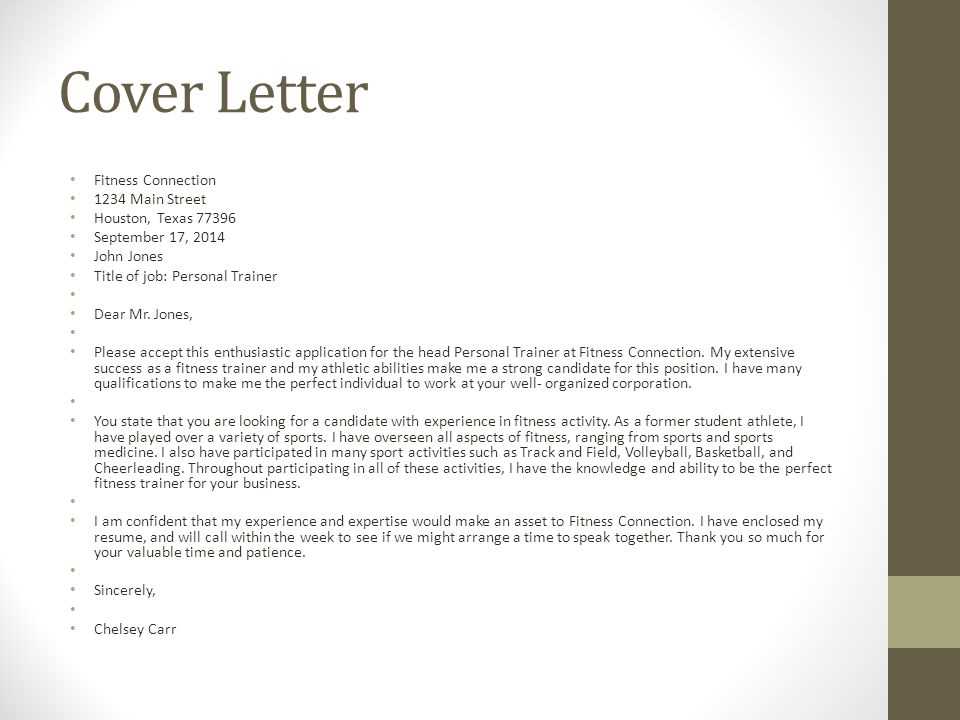
If there are gaps due to military service, be upfront and explain how that experience has made you a stronger candidate. Employers will understand service time, and framing it positively can reflect your commitment and resilience.
Formatting and Structure: What Works Best?
Use a clean, professional layout with clear sections: contact info, introduction, body (skills and experience), and a closing. Keep paragraphs short and direct. This format ensures that your key points are easy to find and digest.
Concluding Your Letter with a Strong Call to Action
End by expressing your enthusiasm for the position and how eager you are to contribute. Politely suggest a follow-up, stating you’re available for an interview at their convenience. This shows confidence and proactivity.